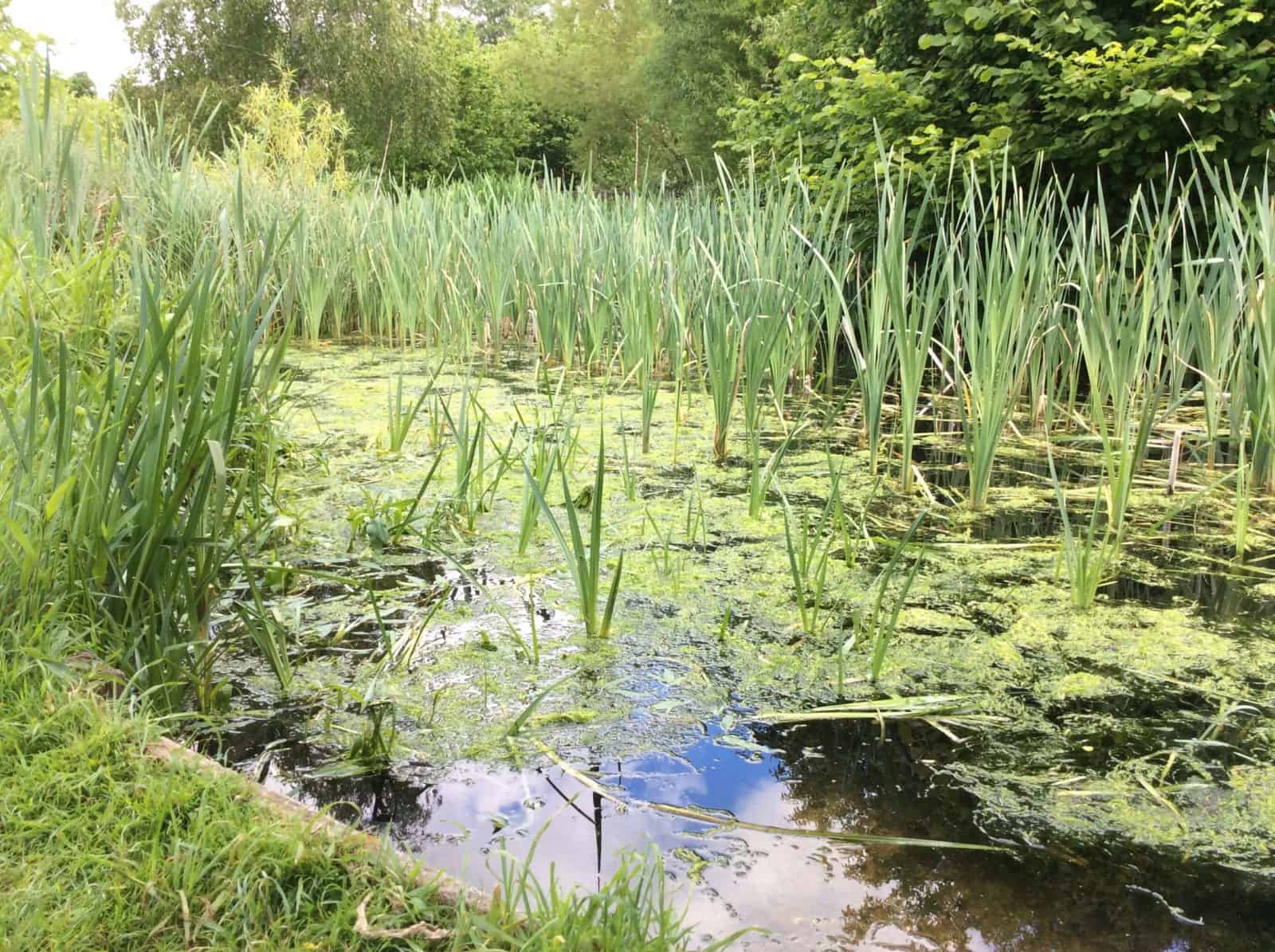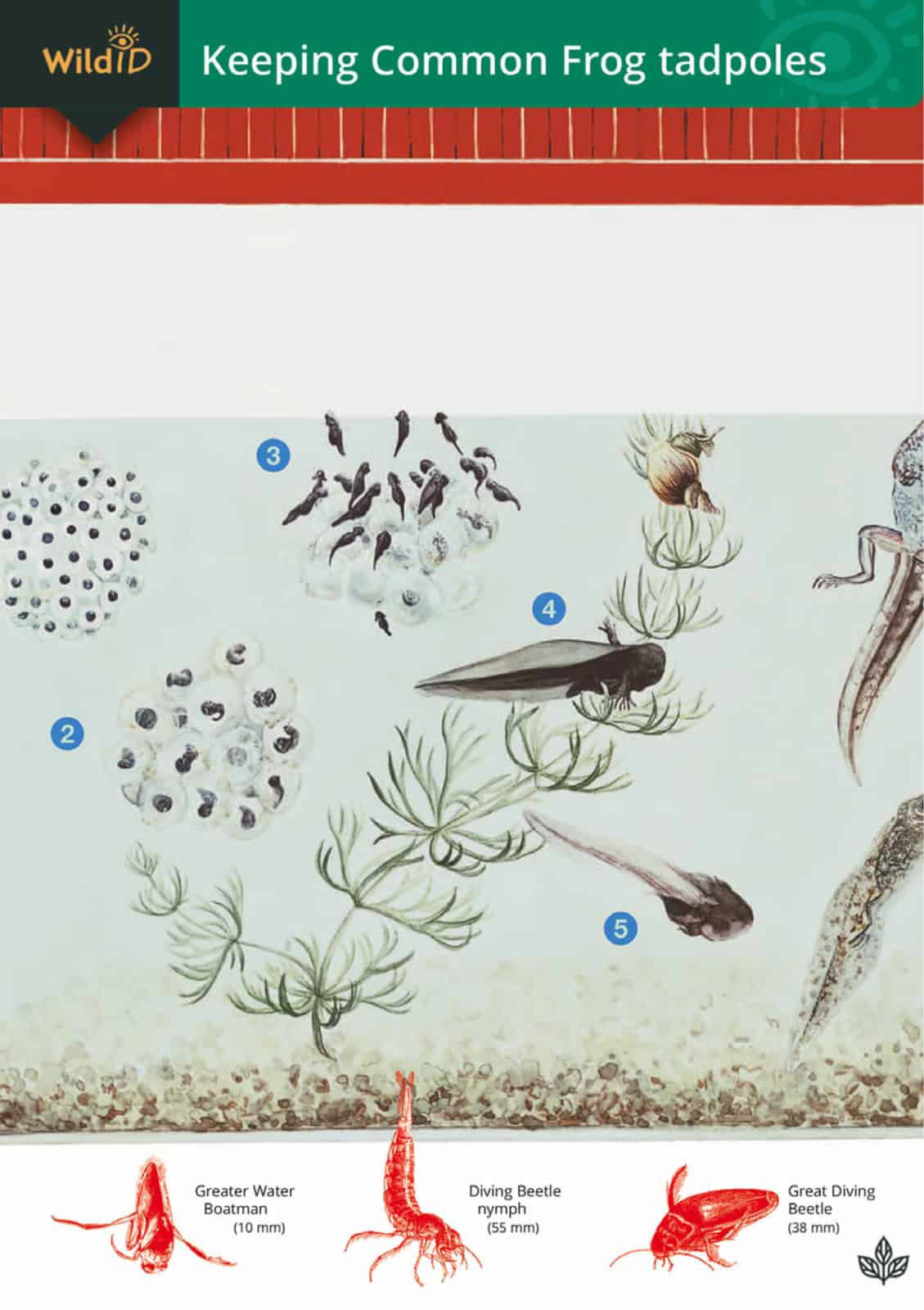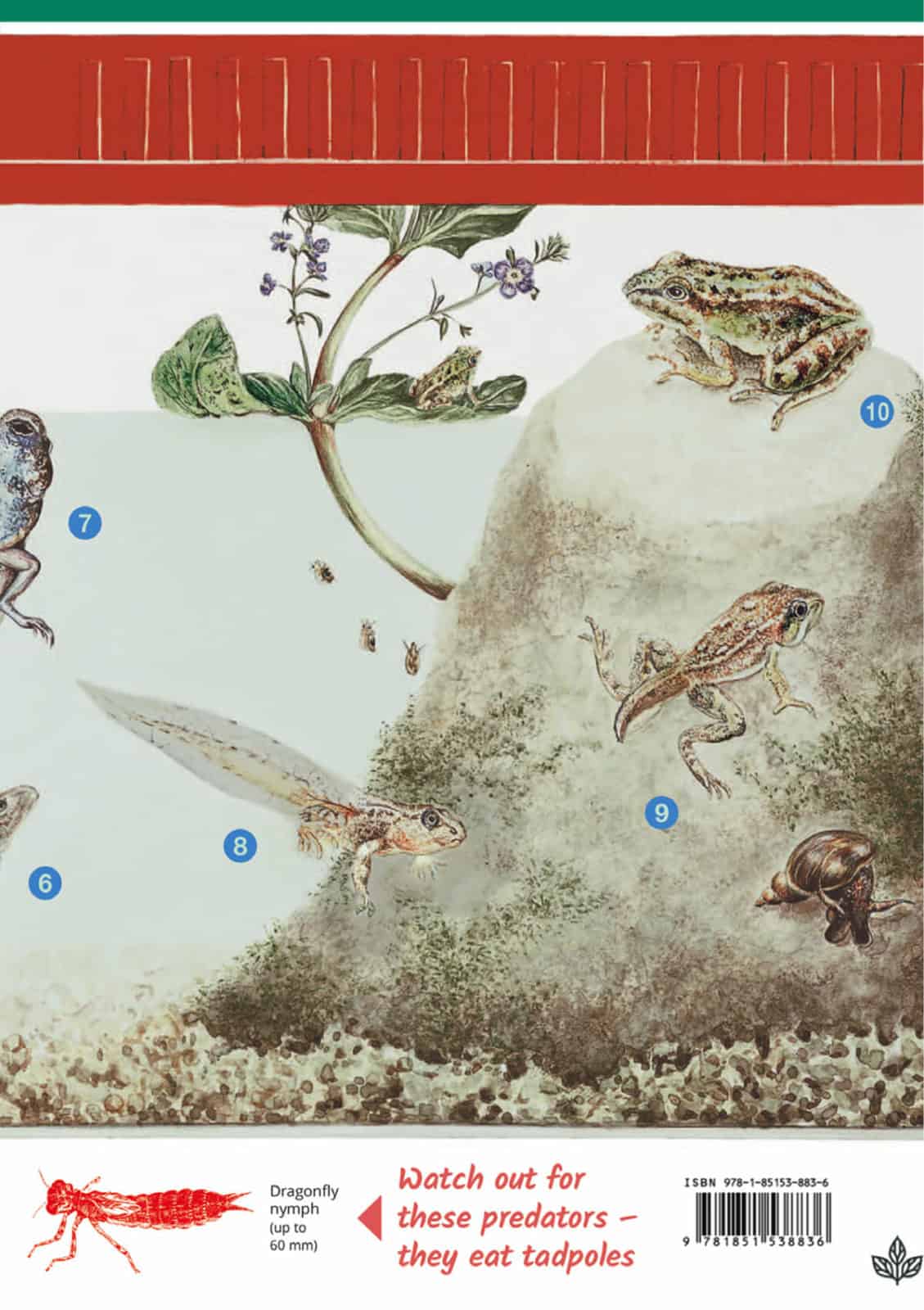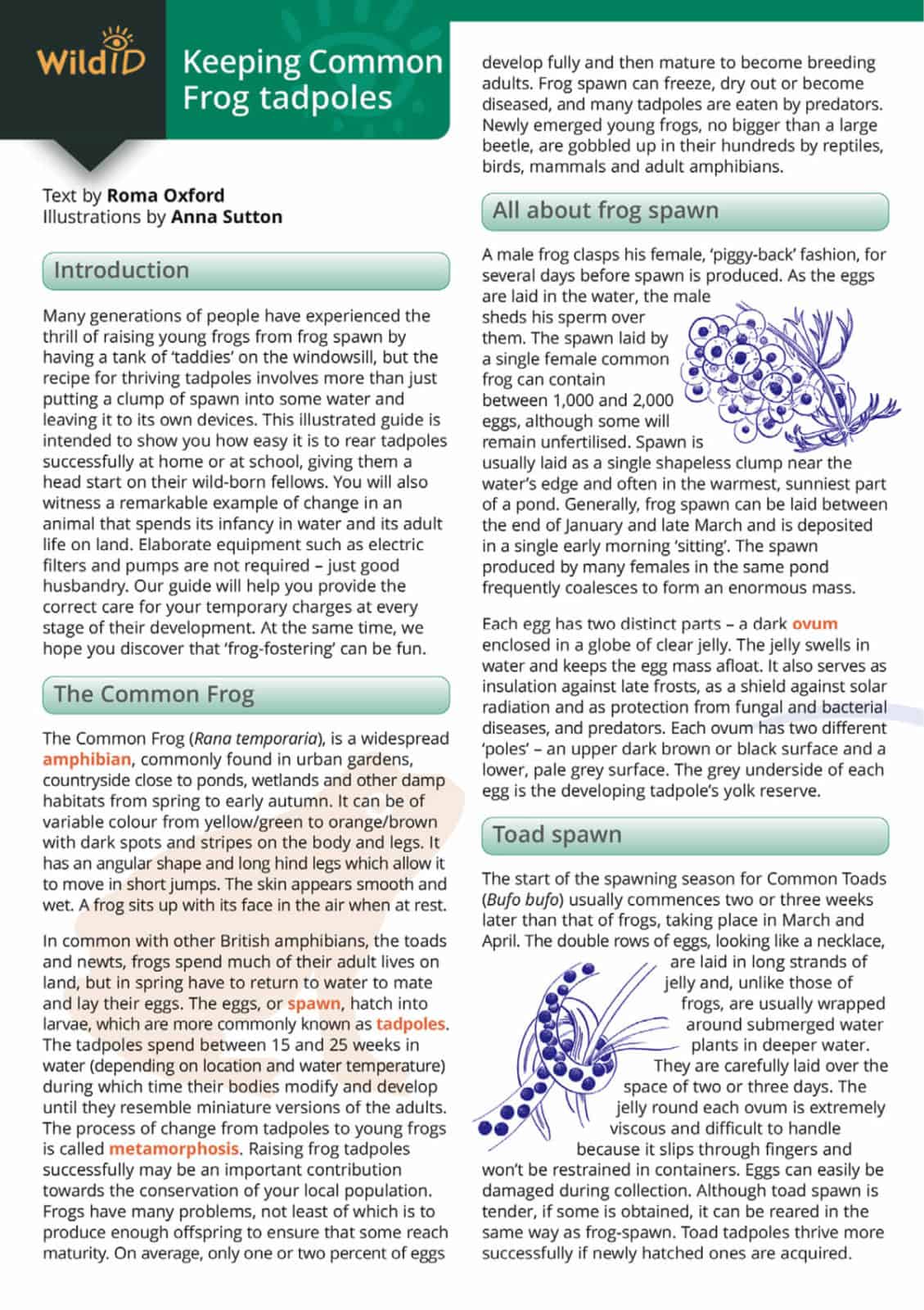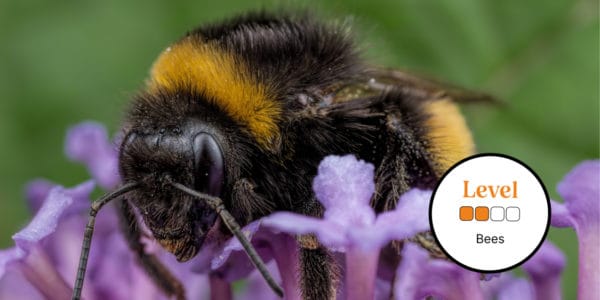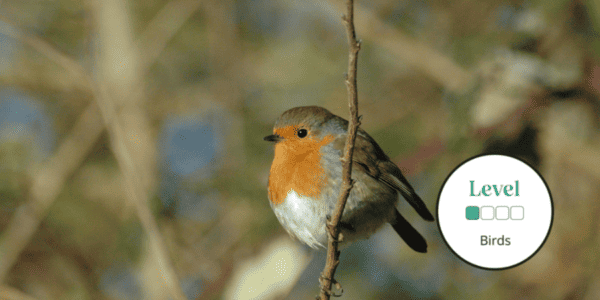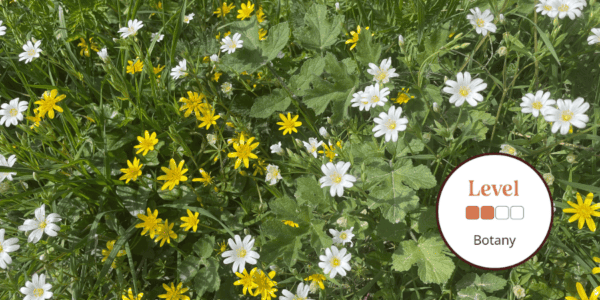Keeping frog tadpoles
The Keeping Frog Tadpoles guide shows how easy it is to rear tadpoles successfully at school or home.
From preparing your tank to feeding your tadpoles, this guide shows you how to care for the growing tadpoles as well as identifying and explaining the changes they go through as they develop into frogs.
Many generations have experienced the thrill of raising young frogs from tadpoles. At the same time you will witness a remarkable example of metamorphosis. There’s something new to see every week. Although it involves slightly more than just putting a clump of frogspawn in water, you don’t need elaborate equipment like electric filters and pumps. Plus with good care, indoor-grown tadpoles will develop into frogs in about 12-15 weeks.
The Common Frog is one of the most widespread amphibians in Britain and Ireland. Frogs spend much of their adult lives on land, but return to water in spring to lay eggs. The eggs or spawn hatch into larvae, more commonly known as tadpoles. Tadpoles have external gills so they can absorb oxygen from the water. Depending on water temperature the tadpoles spend 15-25 weeks in water. During this time their bodies develop and modify. First the external gills disappear, then the animals develop lungs, so they start to breathe air. Second the front legs grow while the tail shrinks. Eventually they start to resemble miniature adults.
Unfortunately only about 2% of eggs eventually become breeding adults. Frog spawn can freeze, dry out or become diseased. Then at the tadpole stage, many animals are eaten by predators, including newts and diving beetles. And finally newly emerged frogs are gobbled up in their hundreds by reptiles, birds and mammals. By keeping frog tadpoles you can help them avoid many of these threats.

